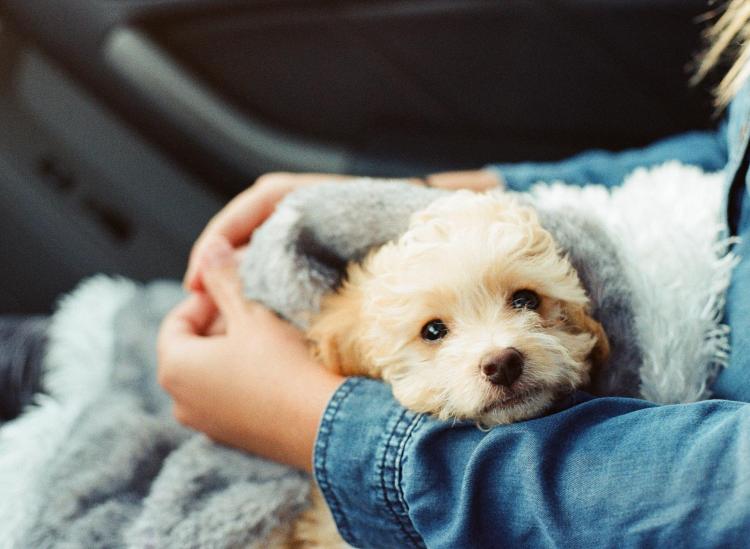What You Need To Know Before Flying With Your Pet (And If It’s Even A Good Idea At All)

Unsplash
Pet owners face a big question when booking plane tickets. Do you bring your four-legged friends along on your adventures or leave them at home?
There are two million pets that travel by plane every year, according to the United States Department of Transportation. Last year, more than 24 animals died on planes. That’s a small percentage of pets that get hurt, but if one is your furry friend, it’s 24 too many.
The Risk Of Flying
There are some scary stats out there, scarier even than United Airlines’ recent slew of pet-related incidents (like pets on incorrect flights and the dog dying in an overhead compartment). Every year, pets die on airplanes. And tragically, not just one or two. Between 2012 and 2017, 53 animals died on United flights alone. And it’s not just United with a problem; in 2017, six pets died on Delta Airlines, Alaska Airlines and American Airlines (two on each airline).
Animals bigger than your suitcase always have to ride in the cargo hold. And on small planes, all animals go below deck. But transporting animals as cargo comes with a lot of risks. Temperature, pressure and space are varied, so much so that Southwest and JetBlue refuse to do it. United is also putting their animal programs on hold — at least until May.
The American Society for the Prevention of Cruelty to Animals recommends that only animals small enough to fit under your seat come on the plane. That means if your pet’s carrier can’t be your carry-on, it might be best to think about other options.
Transportation Tips
So if planes are out, what are your options? If you’re traveling in the continental United States or are dead set on bringing your big ol’ doggo to Mexico, a road trip is your best bet. You can also take dogs and cats under 20 pounds on Amtrak trains. Animals aren’t allowed on most U.S. buses, but you can rent a car if you’re willing to pay a pet fee.
But let’s say you’re moving to Britain. No roads, no trains. There are actually ships you can take across the Atlantic with your pet in tow. It’s not a short journey and it’ll hardly be a luxury cruise, but it does help you avoid the risk of putting your pup in cargo.
And what about when there’s no alternative to a plane? How can you make the flight less risky for your fur baby?
Get an approved carrier. United States Department of Agriculture-approved animal carriers are the way to go. USDA-approved shipping crates ensure animals get enough air, can move around and will be protected from jostling during transit time.
Acclimate ahead of time. Once you’ve got that carrier, make sure your pet knows the drill. Take them out for a spin well before it’s flight time. That way, your pet will be less concerned with the enclosed space.
Book direct flights. When pets have to go through multiple rounds of security, things get complicated. If your pet is traveling in the cargo hold, there’s only one loading and unloading. This means there’s less of a chance for baggage personal to accidentally mishandle an animal.
Get a checkup before you go. Check in with your pet’s veterinarian before bringing your furry friend on a plane. You don’t want to be surprised by any emerging medical conditions that could be exacerbated by a flight.
Know their temperament. Some pets will never be able to travel calmly. That’s just a personality thing. Maybe your kitty is an anxious cat. Maybe your pup has separation worries. That’s not their fault, but it is your responsibility to keep them out of danger. If they’ll freak out when they fly, it’s best that they stay home.











